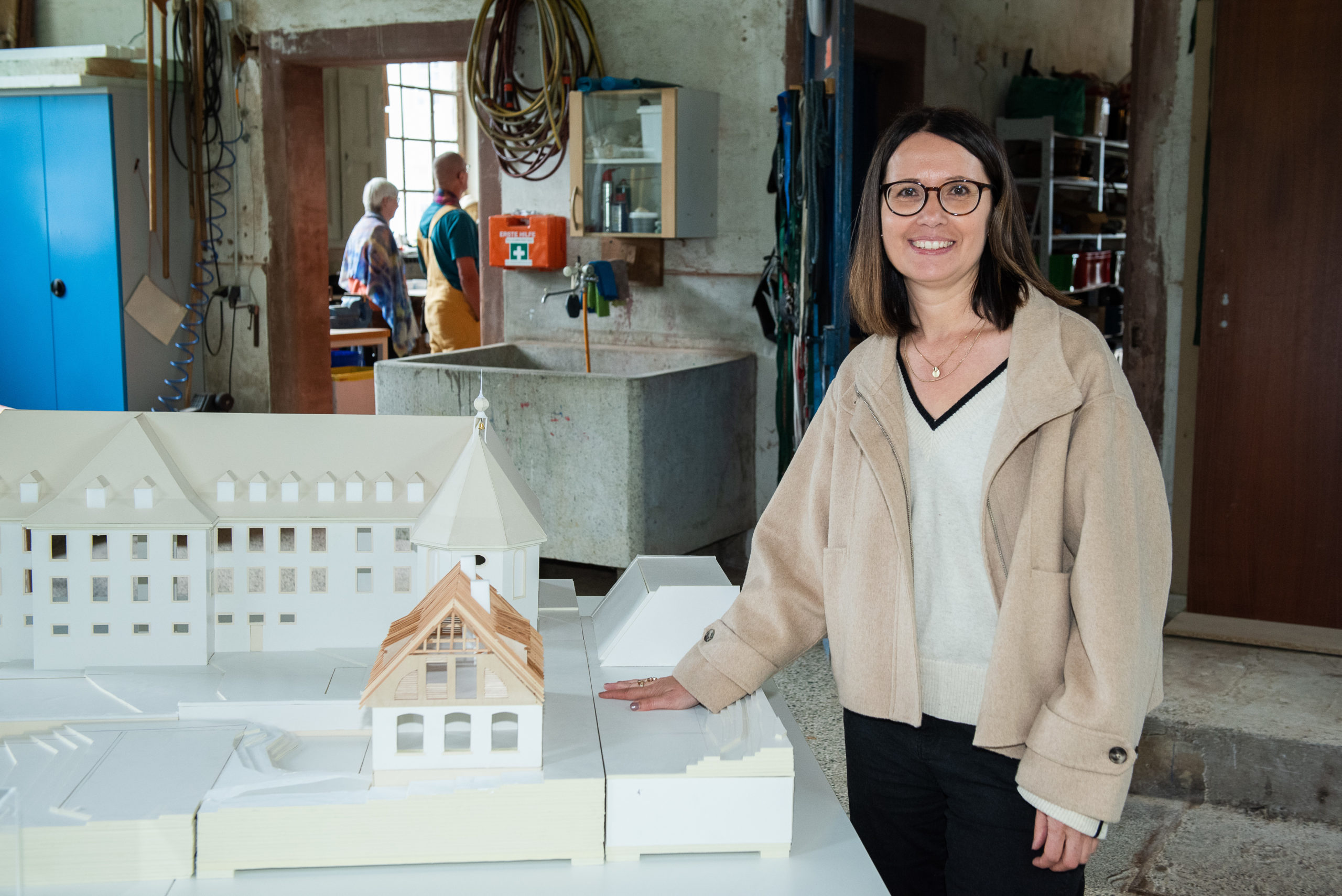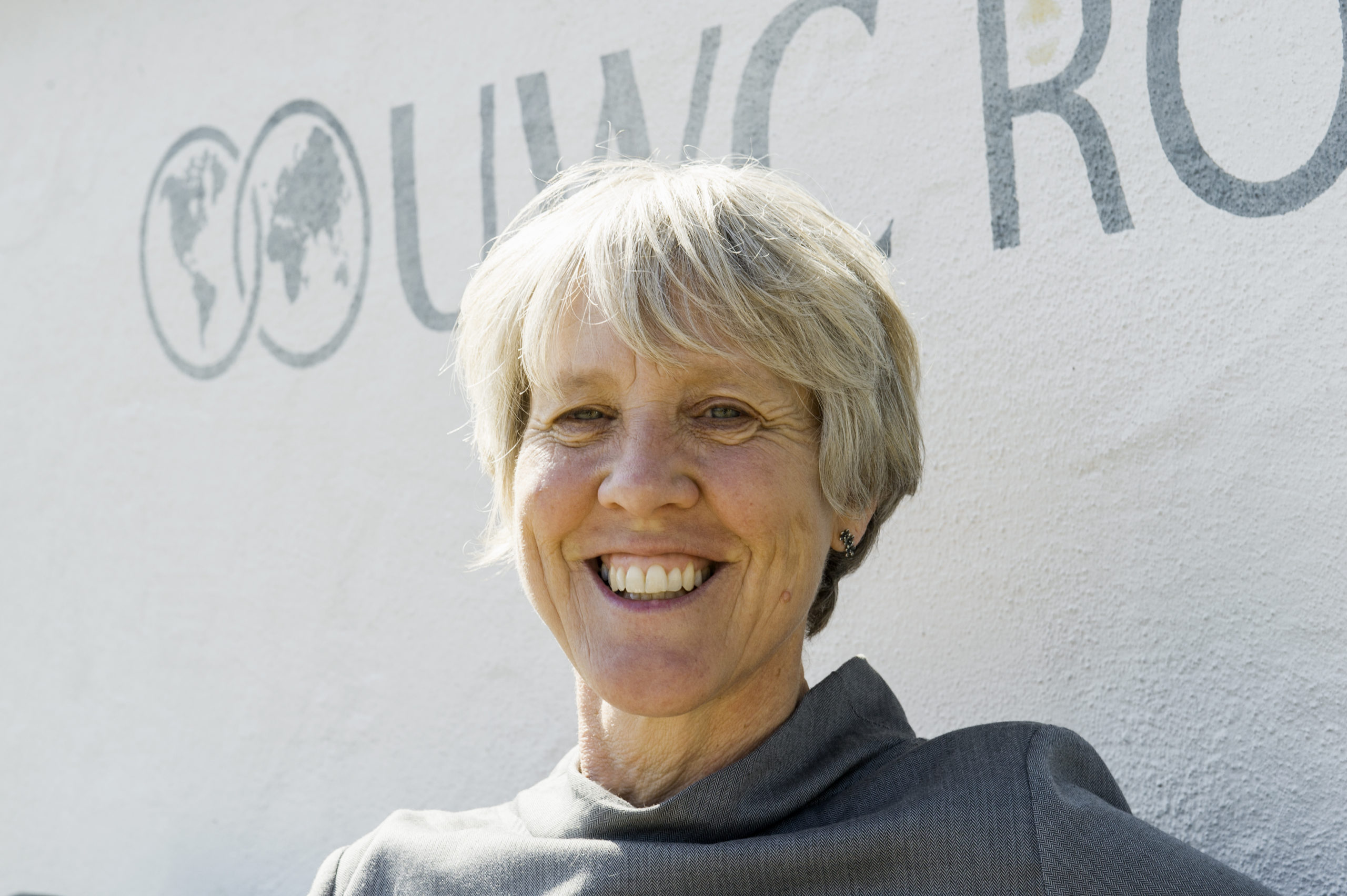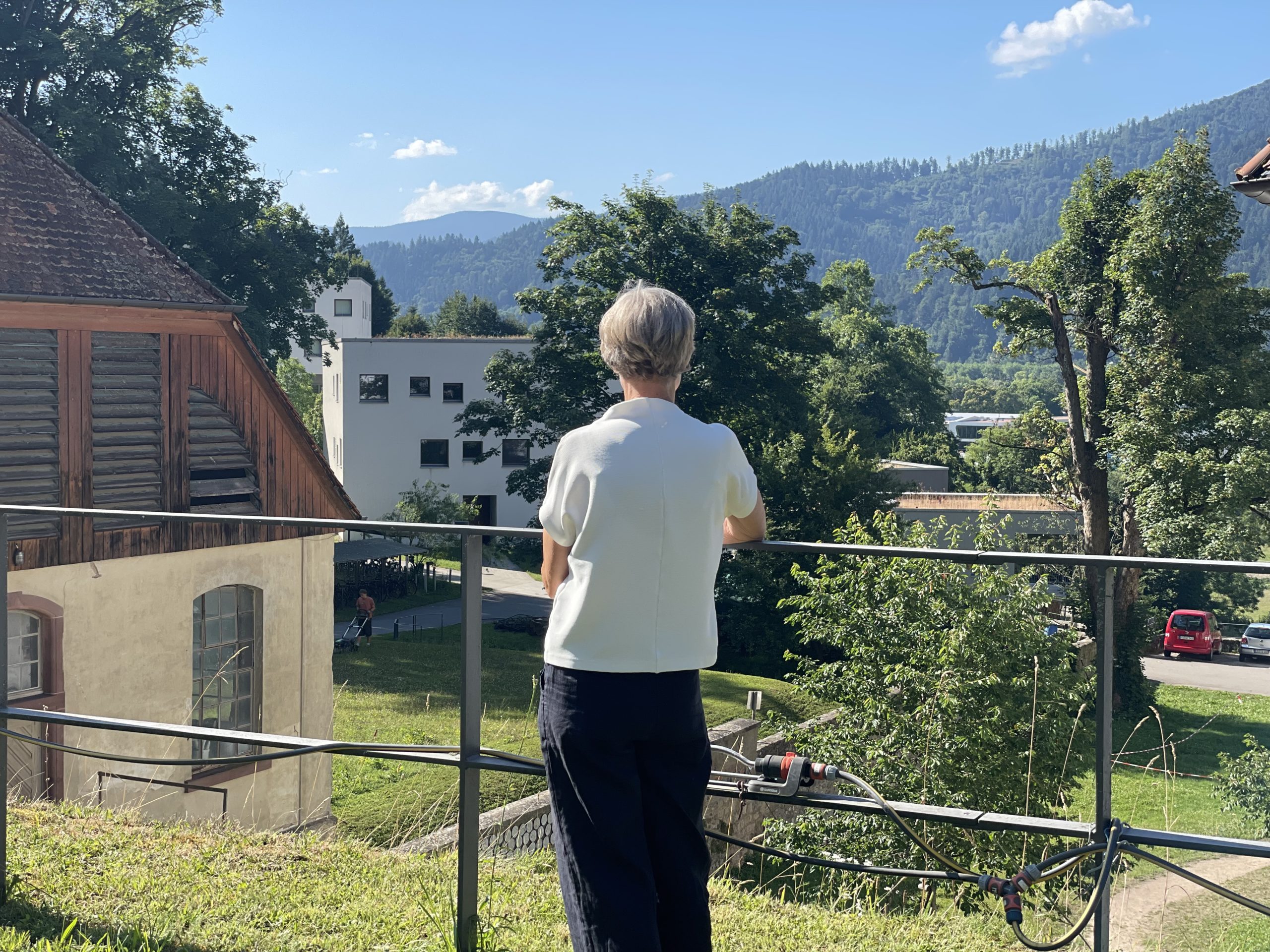New life in the historic ‚Waschhaus‘: A space for exchange, creativity, and encounters

The historic Waschhaus on the grounds of UWC Robert Bosch College is set to become a cool hangout spot and cultural venue on campus. Ten years after the school was founded, the Robert Bosch Foundation kicked off a project to renovate the last building that hadn’t been fixed up yet.
Around 250 square meters will then be available to students as additional space. To find out exactly what is planned for the premises of the washhouse, which was built in 1907, who is involved in the planning, and what role the pipistrelle bat played in the process, talk to Nina Scholze, who is responsible for the project as project architect at Bosch GmbH.
You were already involved in the construction and renovation work on the charterhouse and the student village between 2011 and 2014. Now, 10 years later, work is continuing on the Waschhaus. Does that bring back memories of the initial phase?
Yes, many—it’s come full circle. This project was close to my heart from the very beginning. The combination of historic buildings, the school concept, and the fantastic location is unique. It’s wonderful to be able to contribute the final piece of the puzzle now—and to see how lively and diverse the school community has grown.
The Waschhaus is intended to be a place of encounter. How does it fit into the ensemble as such?
In the first construction phase, the focus was on the functional areas – teaching, living, catering. With the Waschhaus, a space is now being created that strengthens social life on campus. The students live here and actively shape their interactions with one another – and until now, there has been no common place for this beyond teaching and living. The Waschhaus will be a space for exchange, creativity, and encounters – centrally located and open in its design. It will also build a bridge to the city of Freiburg – as a place where the school community and urban society can meet.
What exactly will be housed in the premises?
The centerpiece is the large room on the ground floor—bright, open, and full of atmosphere. It will be used for a variety of purposes: as a meeting place, for leisure activities, small events, or cultural formats. A retreat area is being created in the attic – perhaps for reading, thinking, or simply relaxing. The whole thing is complemented by two smaller rooms that are well suited for exercise, music, or crafts. Everything remains flexible – the rooms should be able to evolve with the needs of the users.
The school community was involved from the beginning to define the use of the premises. How did you work together?
It was a participatory process. We worked intensively with students and teachers in workshops. The starting point was the question: What are you missing? What would you like to see? Our aim was to create spaces of possibility. The decision to design the washhouse as an open, transformable, and inspiring place for the students arose precisely from this dialogue with the school community.
The washhouse is a listed building. What does it take to renovate a listed building?
Care—and a deep respect for the history embedded in the building. Large parts of the Waschhaus were still in their original condition—a stroke of luck. Our goal was to preserve as much as possible while enabling contemporary use. It was particularly nice that historic preservation and the new function did not conflict with each other but complemented each other wonderfully.
Were there any hurdles in the process?
Oh yes – it was a real puzzle. Combining the requirements of historic preservation, fire protection, urban planning, and species protection was no easy task! The escape route situation in the attic alone kept us busy for many months. And we had to take protected species into account – pipistrelle bats and lizards. It’s a small project with big requirements – but also a team that is passionate and persistent.
What do you enjoy most about the project?
Working with the school community – without a doubt. This cooperation, the joint design, the feeling of really being able to make a difference. I consider it a great privilege to be able to contribute to a place where education, community, and sustainability go hand in hand as a matter of course. And I’m looking forward to the moment when the students really “take possession” of the rooms – that’s when everything will come to life.
A place steeped in history:
Founded in 1342, the Carthusian monastery functioned as a monastery until the abolition of all Carthusian monasteries in 1782 and was acquired by Baron Franz Anton von Baden as a noble residence in 1783. In 1894, the buildings and properties were sold, and between 1895 and 1897, the Carthusian monastery was converted into a municipal retirement home for 150 to 170 residents. Shortly thereafter, in 1907, the wash house was built, which was used as such until 1973. It contained numerous washing machines, which were heated by a coal-fired steam boiler. After the Johannisheim was rebuilt between 1966 and 1968, the building remained unused until around 1990, when it housed the Freiburg Spielmobil (mobile play center) and served as a workshop and warehouse.
Structural features: Sandstone walls. Dry storage. Windowless openings with wooden slats. Coal-fired steam boiler.
Financial support from the Paul Mathis Foundation
The Paul Mathis Foundation is supporting the project to renovate the Waschhaus with €50,000. The foundation is thus laying an important foundation for the renovation of the historic building. As part of a campaign, the school aims to close a funding gap of €200,000 – we would be delighted to

